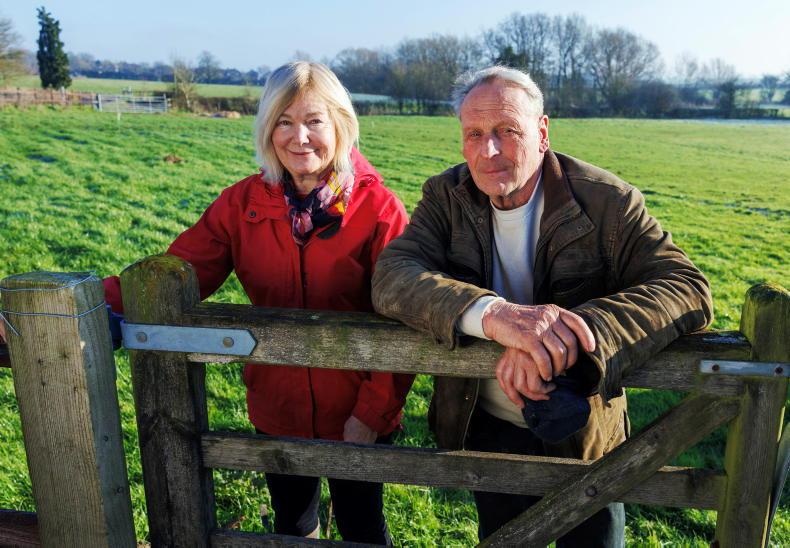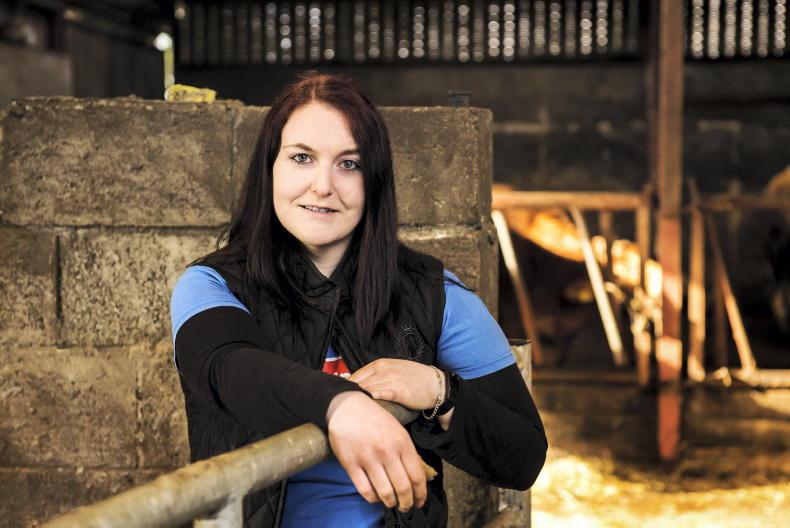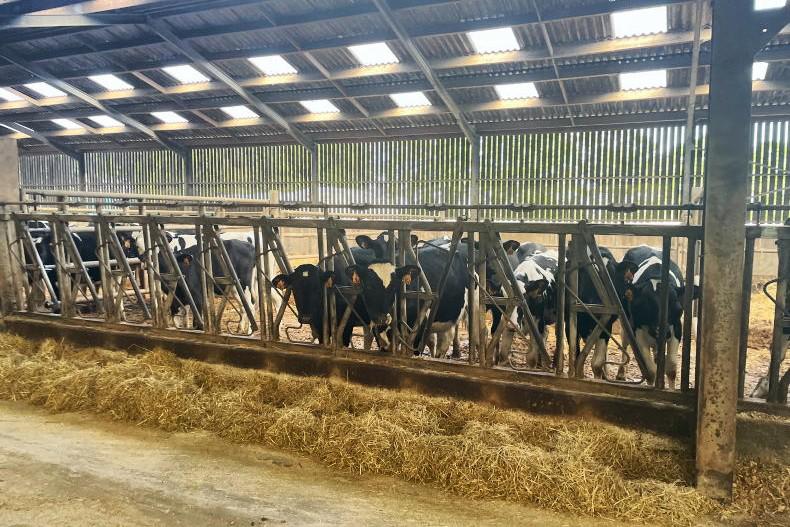And just like that, the holidays are over and the youngsters are back in school again.
I took the last two weeks of August off from the office job and so became a full-time farmer for that fortnight.
This allowed me to finish a few jobs that were on the to-do list for too long, including fencing more paddocks and connecting up new water pipes.
The return on investment is almost immediate and managing grass is much easier now.
It would want to be, given the dry weather over the last two months here in the sunny south-east. Thankfully, we have managed OK and did not have to offer up silage bales to cattle at any stage. Our stocking rate is not far off derogation, but there were a few things that stood to us.
Odd shower here and there
First was the fact that we have around 10ac that are low-lying and they never dry out as much as some of the other ground. Grass slowed down in these fields, but it kept ticking over. Second was the odd shower here and there, plus a decent dew on many mornings.
Third, we don’t follow industry advice when it comes to hitting residual post-grazing targets or whatever it’s called. The animals are never forced to skin the ground here and I have yet to see it negatively affect regrowth.
In fact, the opposite has been the case in recent weeks, where paddocks which were not “cleaned out properly” never took on that parched, dusty look. We might have a few paddocks with some whispy hair, the type you’d see on foxy-blond teenagers trying to grow moustaches, but there’s still a green butt to them.
Finally, I got lucky and spread a bag-to-the-acre of sweetgrass a fortnight ago, an hour after we had some early morning showers. I was a little too eager and started before the rain finished, resulting in about half-a-bag of this expensive input going into mush at the bottom of the spinner. But a good washing out and all was good again.
Not out of the woods
In summary, we were lucky and others were not. Having said that, we are not out of the woods yet. Equally, it would be foolish to assume we won’t get a similar spell of dry weather in the coming summers. Mention the drought of 2018 and you’ll still see a twitch on many faces.
If I was to consider dairying again, then maybe there is an opportunity to move with the weather trends and produce winter milk. I listened to a podcast recently from a progressive Wexford dairy farmer who is switching from summer to winter milk.
The farm’s dry micro-climate meant he was often buffer-feeding silage to cows in summer already.
The milder winters meant he could get cows out early in January and February and keep them out until December, so winter milk made sense. The playing pitch changed and he moved to re-level it.
Weather management
A question for another day – should knowledge transfer groups in the south-east of the country start visiting farms in the south of England or even the north of France to see how they manage with drought? Similarly, is the north and west of the country becoming the new south and east, with the drier summers suiting the heavier land on the Atlantic seaboard?
While the young lads were off school, we brought them to Spike Island, in Cobh harbour. If we do not re-balance our farms in line with broader weather patterns, then many farmers might start to get an insight into what life was like for inmates on what was known around Cork as the joyriders jail.
Read more
Farmer Writes: just one cow left to calve in 2022
And just like that, the holidays are over and the youngsters are back in school again.
I took the last two weeks of August off from the office job and so became a full-time farmer for that fortnight.
This allowed me to finish a few jobs that were on the to-do list for too long, including fencing more paddocks and connecting up new water pipes.
The return on investment is almost immediate and managing grass is much easier now.
It would want to be, given the dry weather over the last two months here in the sunny south-east. Thankfully, we have managed OK and did not have to offer up silage bales to cattle at any stage. Our stocking rate is not far off derogation, but there were a few things that stood to us.
Odd shower here and there
First was the fact that we have around 10ac that are low-lying and they never dry out as much as some of the other ground. Grass slowed down in these fields, but it kept ticking over. Second was the odd shower here and there, plus a decent dew on many mornings.
Third, we don’t follow industry advice when it comes to hitting residual post-grazing targets or whatever it’s called. The animals are never forced to skin the ground here and I have yet to see it negatively affect regrowth.
In fact, the opposite has been the case in recent weeks, where paddocks which were not “cleaned out properly” never took on that parched, dusty look. We might have a few paddocks with some whispy hair, the type you’d see on foxy-blond teenagers trying to grow moustaches, but there’s still a green butt to them.
Finally, I got lucky and spread a bag-to-the-acre of sweetgrass a fortnight ago, an hour after we had some early morning showers. I was a little too eager and started before the rain finished, resulting in about half-a-bag of this expensive input going into mush at the bottom of the spinner. But a good washing out and all was good again.
Not out of the woods
In summary, we were lucky and others were not. Having said that, we are not out of the woods yet. Equally, it would be foolish to assume we won’t get a similar spell of dry weather in the coming summers. Mention the drought of 2018 and you’ll still see a twitch on many faces.
If I was to consider dairying again, then maybe there is an opportunity to move with the weather trends and produce winter milk. I listened to a podcast recently from a progressive Wexford dairy farmer who is switching from summer to winter milk.
The farm’s dry micro-climate meant he was often buffer-feeding silage to cows in summer already.
The milder winters meant he could get cows out early in January and February and keep them out until December, so winter milk made sense. The playing pitch changed and he moved to re-level it.
Weather management
A question for another day – should knowledge transfer groups in the south-east of the country start visiting farms in the south of England or even the north of France to see how they manage with drought? Similarly, is the north and west of the country becoming the new south and east, with the drier summers suiting the heavier land on the Atlantic seaboard?
While the young lads were off school, we brought them to Spike Island, in Cobh harbour. If we do not re-balance our farms in line with broader weather patterns, then many farmers might start to get an insight into what life was like for inmates on what was known around Cork as the joyriders jail.
Read more
Farmer Writes: just one cow left to calve in 2022










SHARING OPTIONS